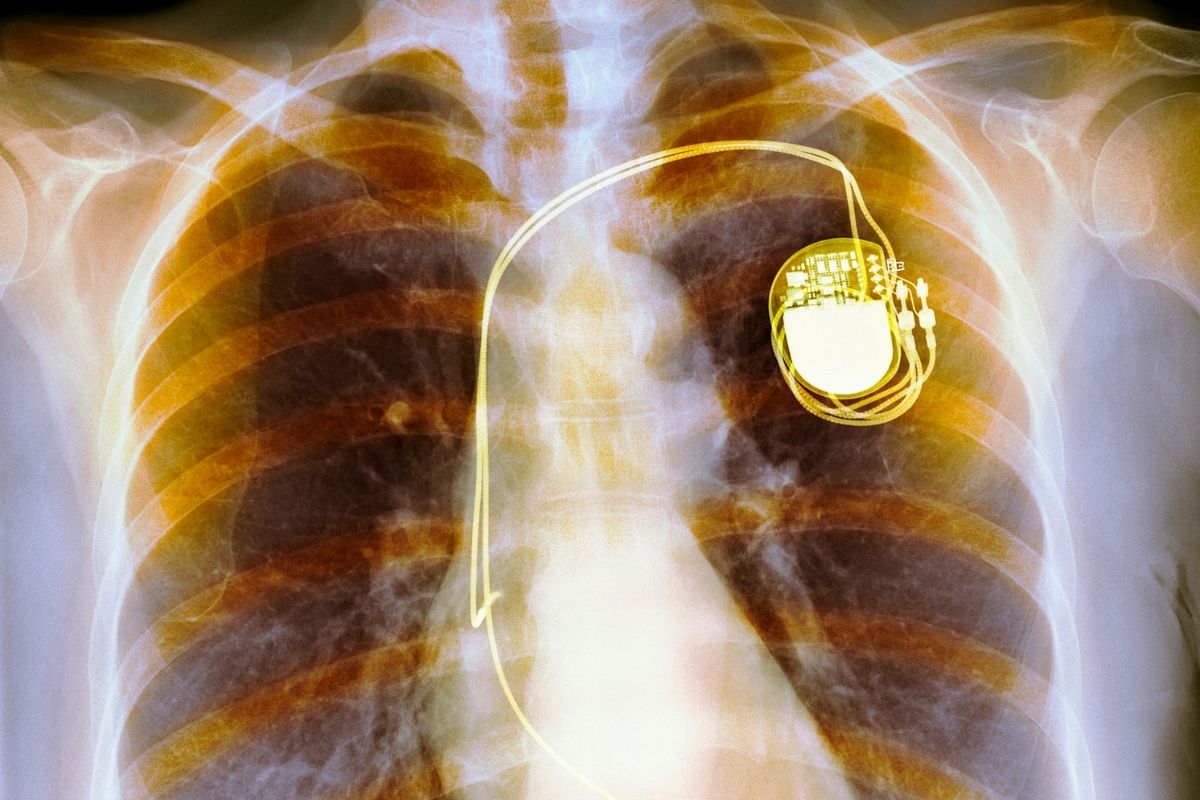This is a good reason for anyone with this type of implant to keep devices out of bras and breast pockets.
It may seem harmless to tuck your phone into your bra if you need both hands to do something else, but smartphone magnetic fields could make this a dangerous practice for pacemaker and implanted defibrillator patients. Same goes for devices tucked into breast pockets and the inner chest pocket of a jacket.
New research shows that these types of gadgets should be kept at least 15 cm (6 inches) away.
Consumer electronic and smartphone magnetic fields can be strong enough that they can interfere with implanted medical devices. It should be noted that the risk to patients is a low one, but it is worthwhile knowing about because it’s a risk that is unnecessary when the patient knows it’s there. This was the conclusion released by the US Food and Drug Administration’s Center for Devices and Radiological Health based on Seth Seidman and his team’s research.
The researchers measured the variations in strength of magnetic field based on various distances away from the latest smartwatch and phone models. What they determined was that these types of devices should be kept a minimum of 15 centimeters away from implanted medical devices such as pacemakers and defibrillators.

The risk is mild but gadget and smartphone magnetic fields can affect implanted life-saving devices.
These types of implanted device deliver electrical pulses that are necessary to keep those patients alive. They are what make the chambers of their hearts pump blood and contract at the rate they need. If electromagnetic interference occurs and it is strong enough, the devices risk inaccurate heart rate tracking or inaccurate electrical pulse delivery. When implant wearers are required to undergo a procedure where it’s possible that they will experience such powerful electromagnetic interference, they need to place their medical devices in “magnet mode”, temporarily suspending the function of the device to stop inappropriate electrical pulses from resulting.
Magnet mode is usually switched on using a basic donut magnet that has a 9 mT strength. That said, it can also be triggered by accident by magnets stronger than about 1 mT.
Though that type of risk used to be rare from household items, today’s consumer electronics are changing the environment for patients with electrical medical implants. The study showed that, when within 6 inches of the implants, smartwatch and smartphone magnetic fields can be powerful enough to have an effect and caution is recommended.

